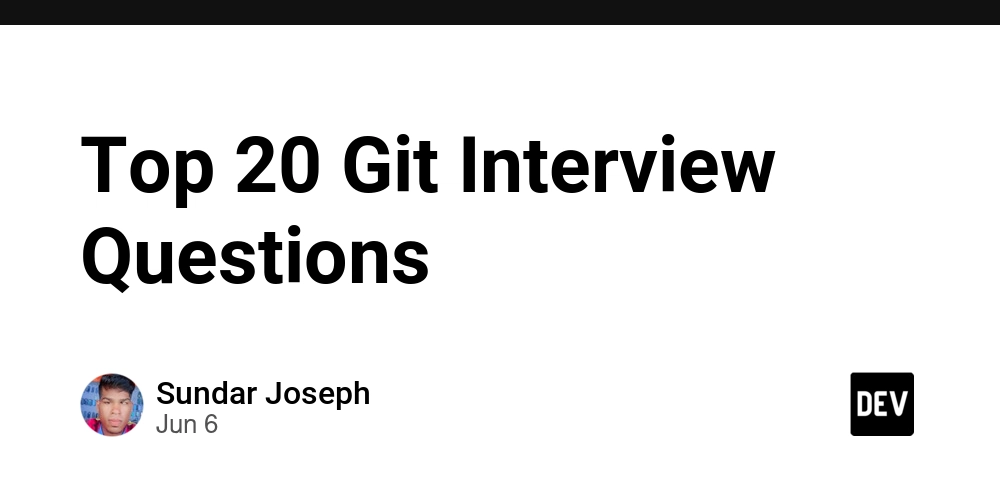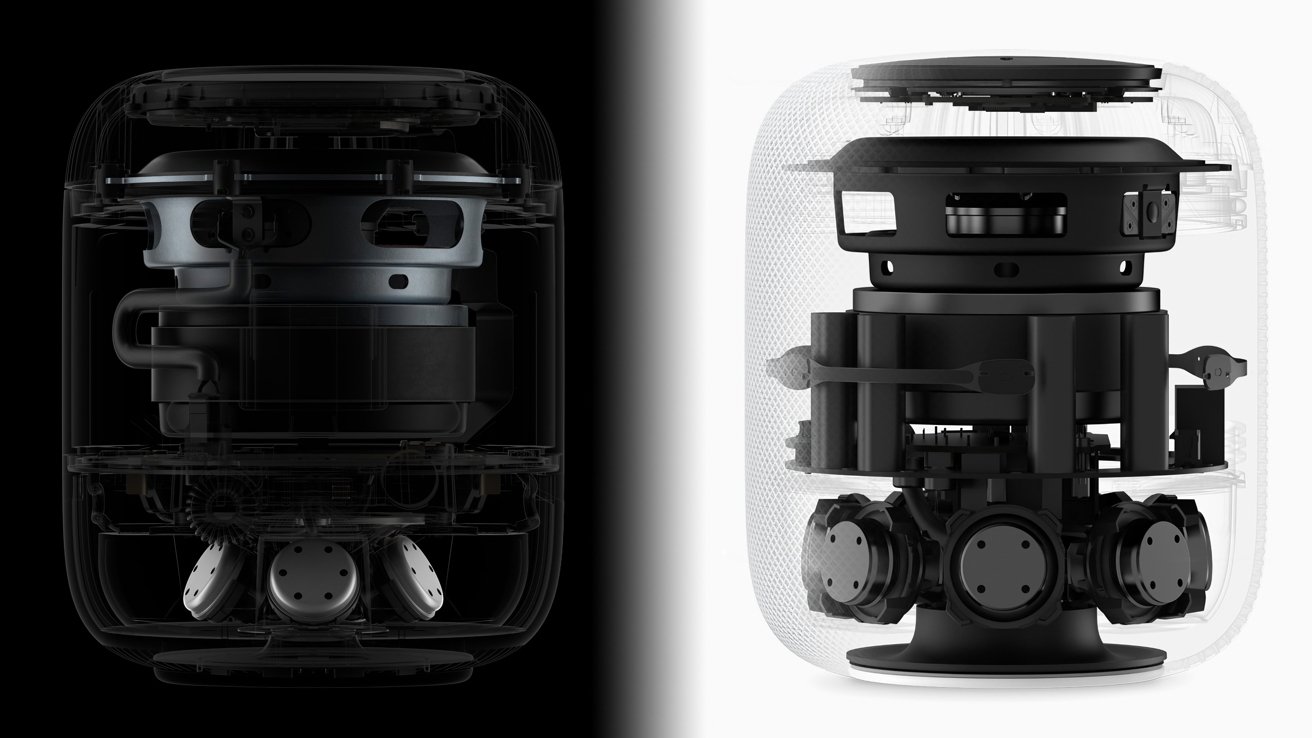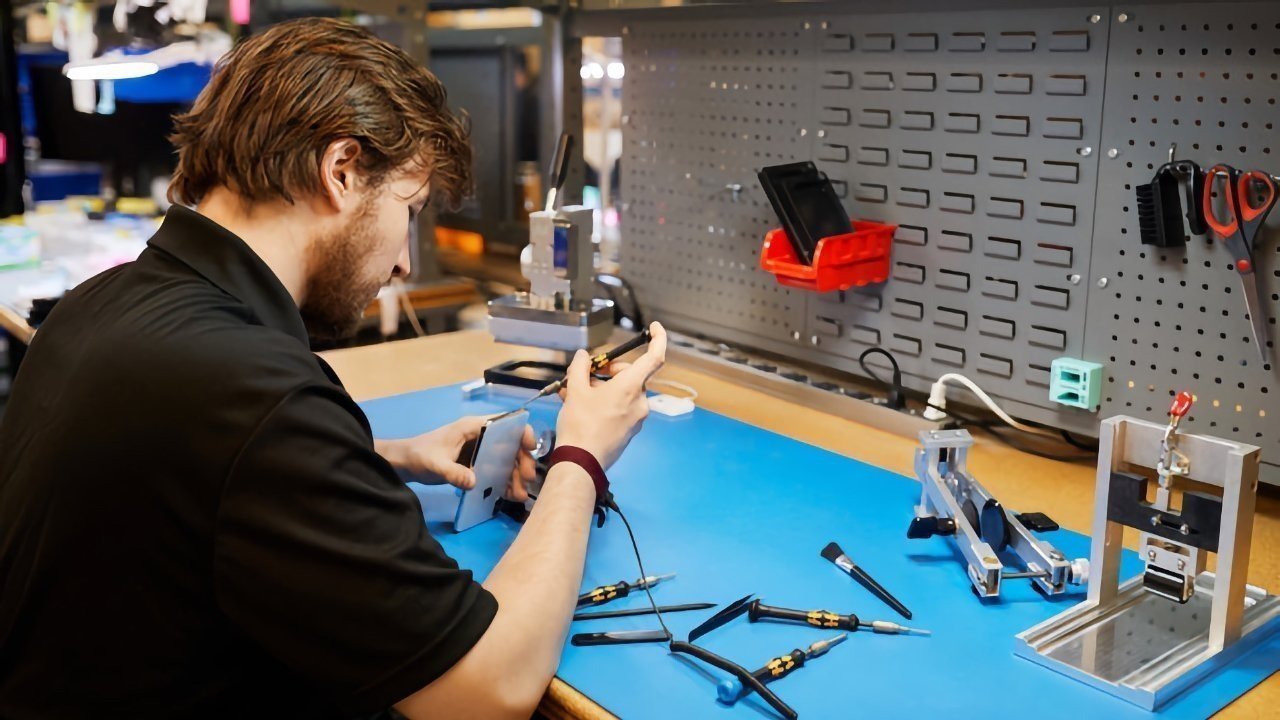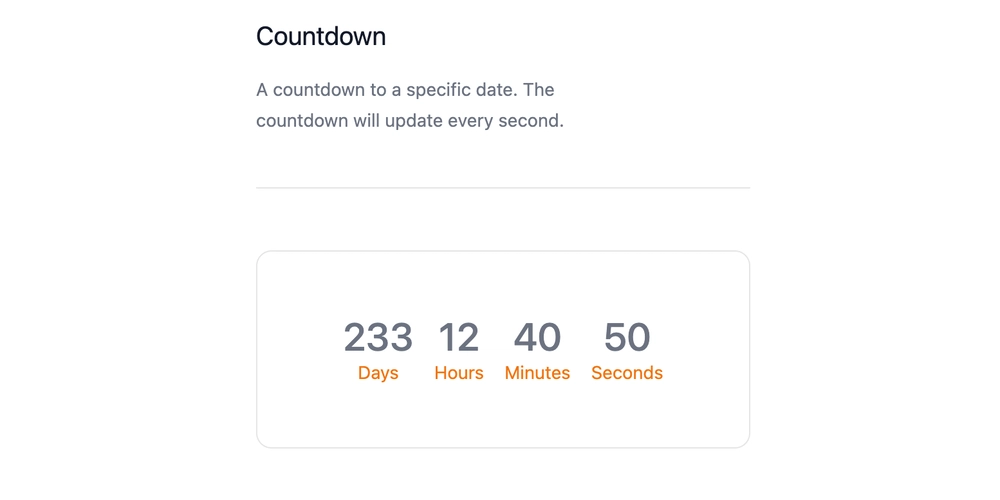From Vibe Coding to Production: Why Developer Experience Shouldn't End at Deployment
In today’s world, building a web application has never been easier. Thanks to the rise of AI-assisted development, low-code tools, and powerful frameworks, anyone can turn an idea into a working MVP in hours or days. This new wave of rapid, intuitive development is earning a name: vibe coding. Vibe coding is when you're in the flow—powered by AI or no-code tools—rapidly turning ideas into code without worrying (yet) about infrastructure, scale, or production-readiness. It’s fun. It’s liberating. And it’s changing how we think about building software. But here’s the catch: At some point, your vibe-coded project needs to move from just working on localhost to being production-ready. And that’s when the vibe often dies. The Hidden Reality Behind "One-Click" Deployment Platforms To bridge the gap between development and production, many developers turn to platforms like: Vercel Railway Heroku And other PaaS (Platform-as-a-Service) tools These platforms are fantastic at first. They offer: Simple Git-based deployments Built-in monitoring and environment variables SSL, CDN, and auto-scaling Everything you need… until you need more. The Catch? As your app grows, these platforms:

In today’s world, building a web application has never been easier. Thanks to the rise of AI-assisted development, low-code tools, and powerful frameworks, anyone can turn an idea into a working MVP in hours or days.
This new wave of rapid, intuitive development is earning a name: vibe coding.
Vibe coding is when you're in the flow—powered by AI or no-code tools—rapidly turning ideas into code without worrying (yet) about infrastructure, scale, or production-readiness.
It’s fun. It’s liberating.
And it’s changing how we think about building software.
But here’s the catch:
At some point, your vibe-coded project needs to move from just working on localhost to being production-ready.
And that’s when the vibe often dies.
The Hidden Reality Behind "One-Click" Deployment Platforms
To bridge the gap between development and production, many developers turn to platforms like:
- Vercel
- Railway
- Heroku
- And other PaaS (Platform-as-a-Service) tools
These platforms are fantastic at first. They offer:
- Simple Git-based deployments
- Built-in monitoring and environment variables
- SSL, CDN, and auto-scaling
Everything you need… until you need more.
The Catch?
As your app grows, these platforms:














































































































































































![[The AI Show Episode 151]: Anthropic CEO: AI Will Destroy 50% of Entry-Level Jobs, Veo 3’s Scary Lifelike Videos, Meta Aims to Fully Automate Ads & Perplexity’s Burning Cash](https://www.marketingaiinstitute.com/hubfs/ep%20151%20cover.png)

























































































































![[DEALS] FileJump 2TB Cloud Storage: Lifetime Subscription (85% off) & Other Deals Up To 98% Off – Offers End Soon!](https://www.javacodegeeks.com/wp-content/uploads/2012/12/jcg-logo.jpg)



![From electrical engineering student to CTO with Hitesh Choudhary [Podcast #175]](https://cdn.hashnode.com/res/hashnode/image/upload/v1749158756824/3996a2ad-53e5-4a8f-ab97-2c77a6f66ba3.png?#)









































































































































_sleepyfellow_Alamy.jpg?width=1280&auto=webp&quality=80&disable=upscale#)
















































































































![watchOS 26 May Bring Third-Party Widgets to Control Center [Report]](https://www.iclarified.com/images/news/97520/97520/97520-640.jpg)

![AirPods Pro 2 On Sale for $169 — Save $80! [Deal]](https://www.iclarified.com/images/news/97526/97526/97526-640.jpg)
![Apple Shares Official Trailer for 'The Wild Ones' [Video]](https://www.iclarified.com/images/news/97515/97515/97515-640.jpg)



































































